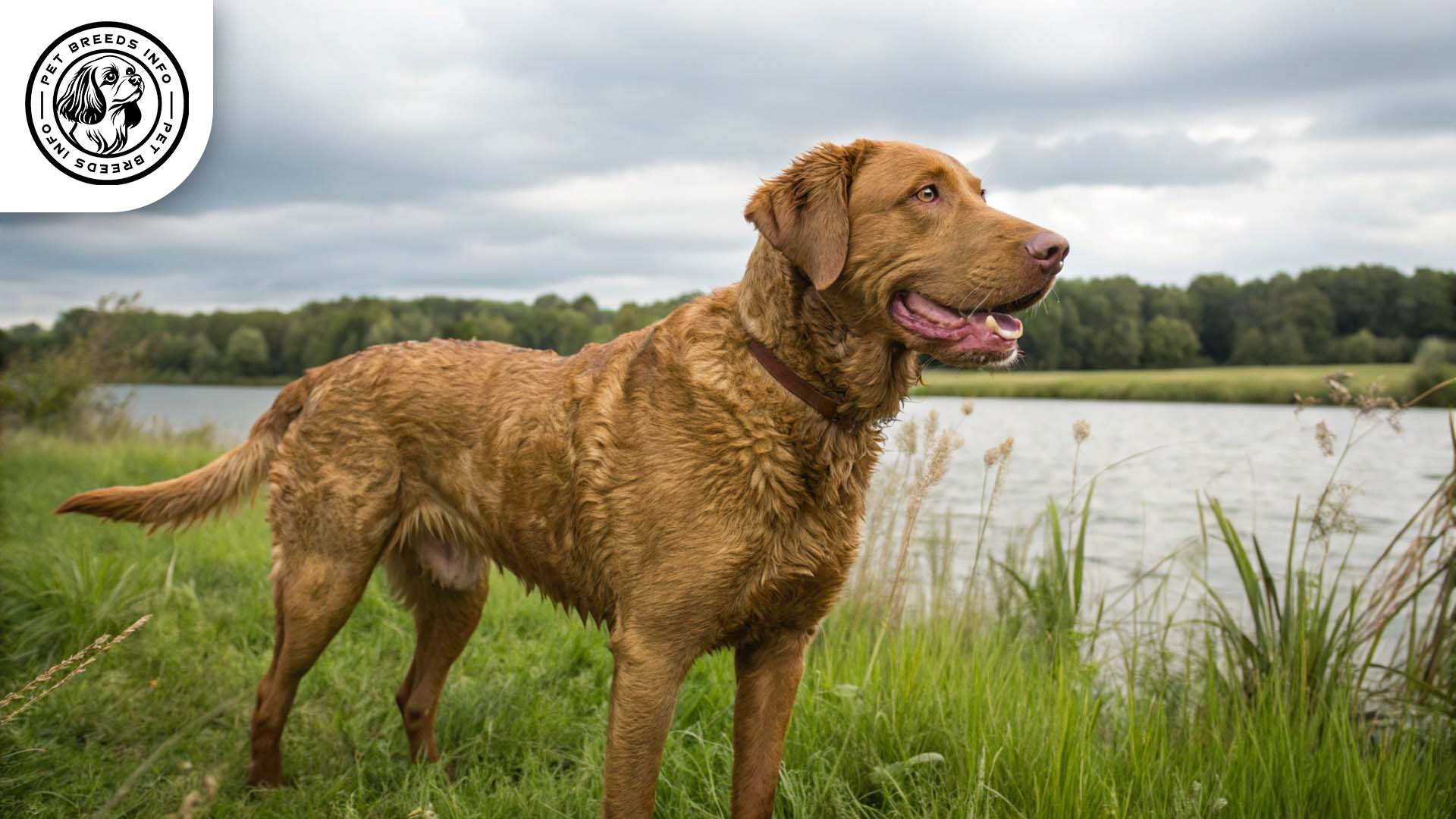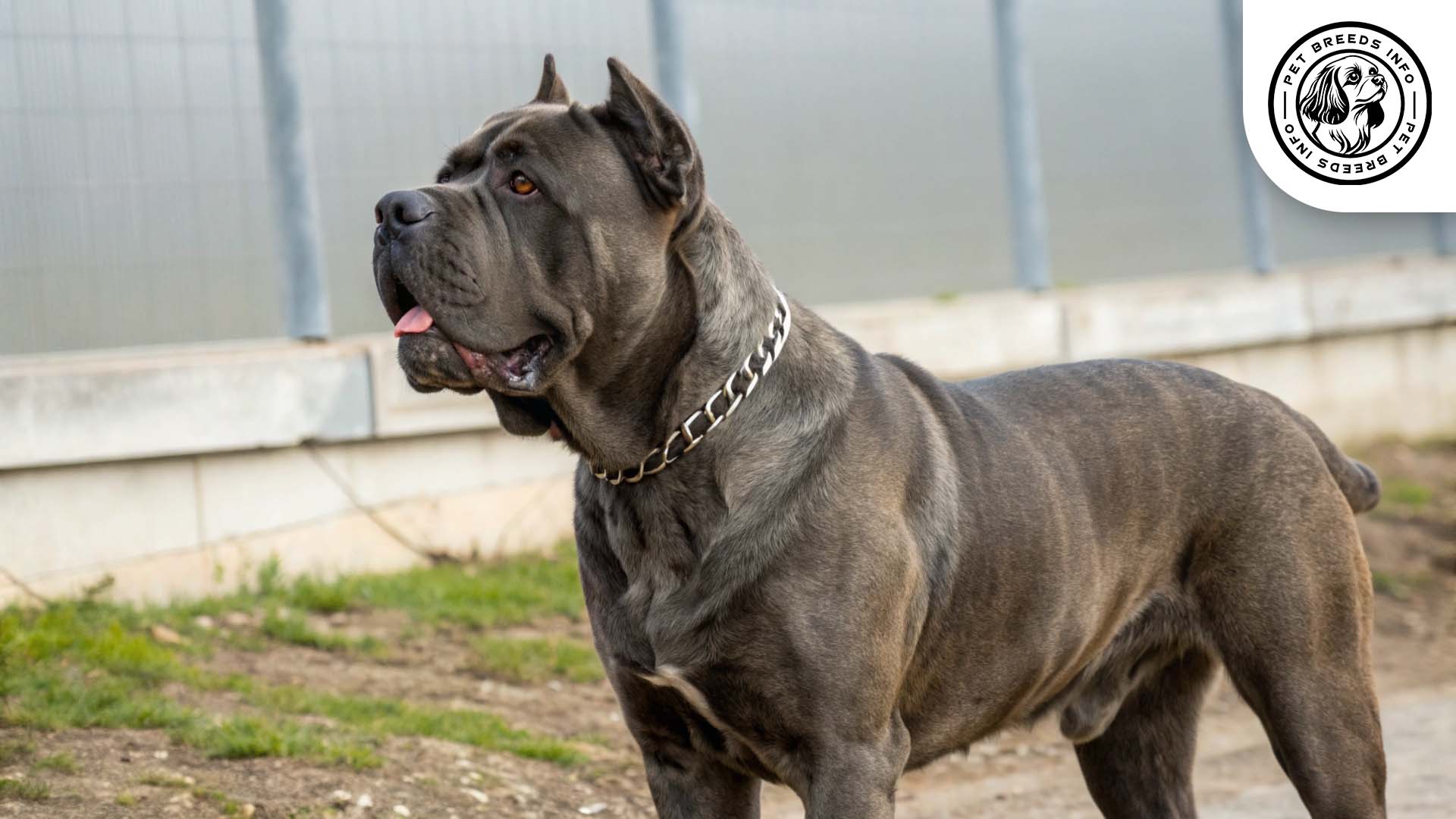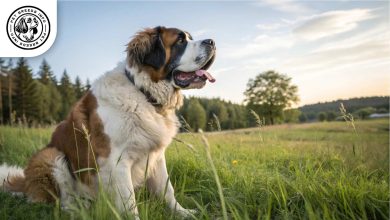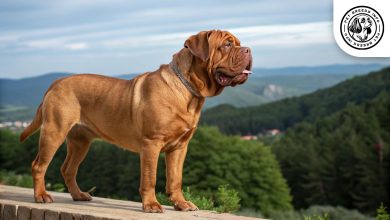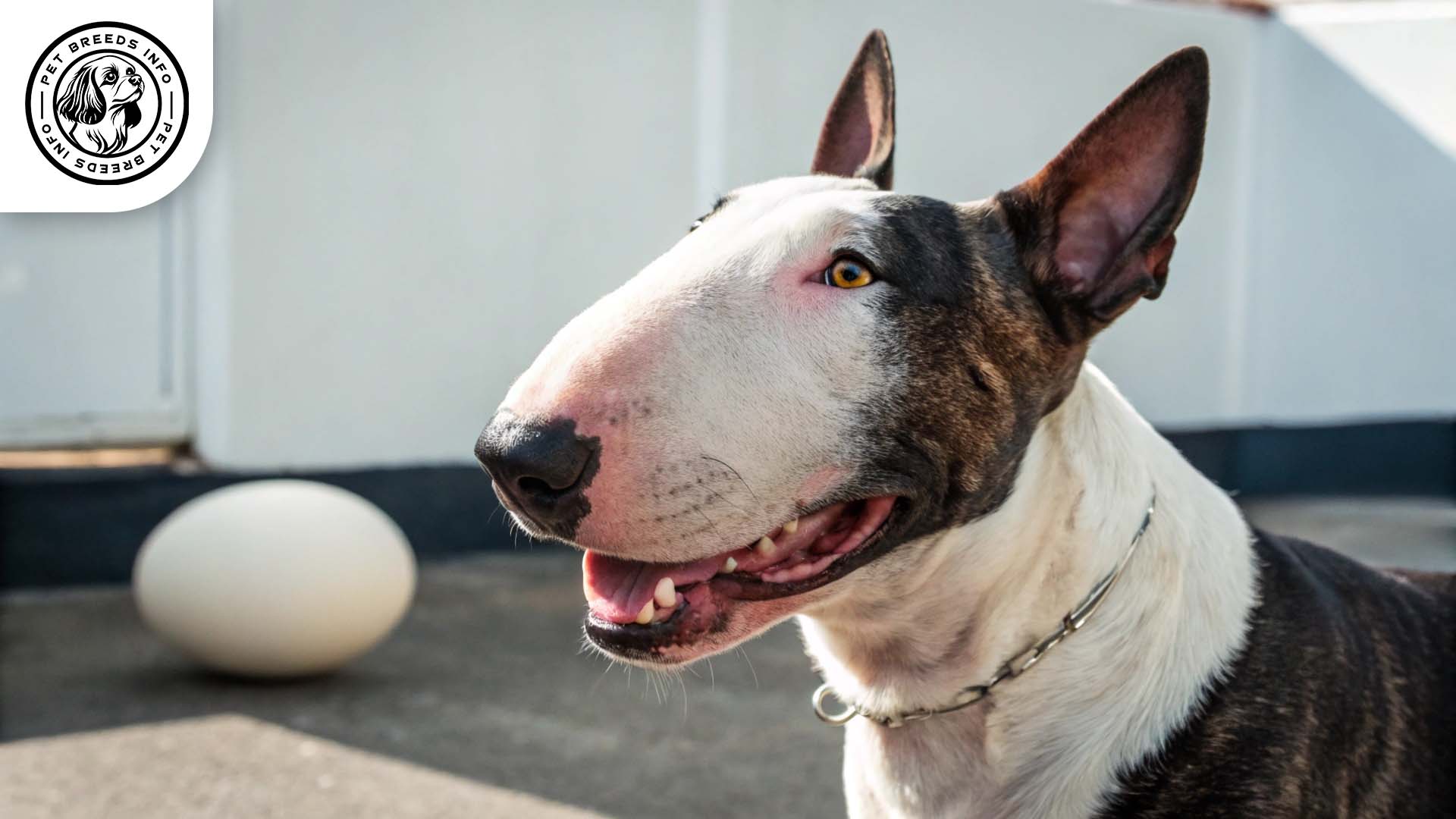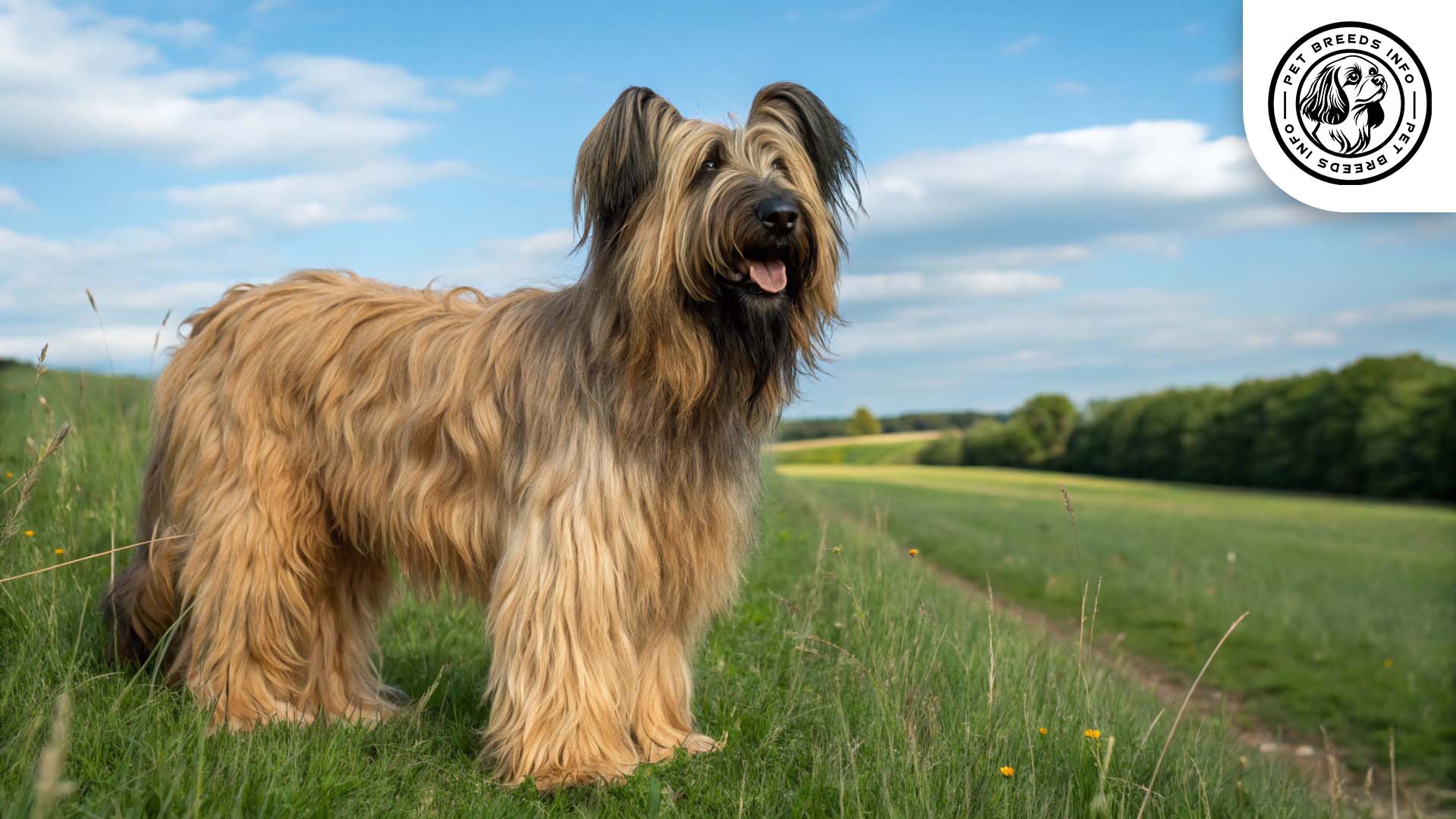Chesapeake Bay Retriever Dog Breed : Size, Price & Personality
General Introduction of the Breed
The Chesapeake Bay Retriever, also known as the Chessie, originated in the United States, specifically around the Chesapeake Bay area. This breed was developed in the 19th century for waterfowl hunting due to its excellent retrieving abilities and weather-resistant coat. The breed’s ancestors include Newfoundlands, Irish Water Spaniels, and various retrievers.
Table of Contents
| Weight | 55-80 lbs (25-36 kg) |
| Lifespan | 10-13 years |
| Diet | High-quality kibble, wet food, or raw diet; protein and omega fatty acids are beneficial |
| Care | Daily exercise, weekly brushing, seasonal shedding maintenance, nail trimming, dental care |
| Health | Prone to hip dysplasia, progressive retinal atrophy, epilepsy, and heart conditions |
| Color | Brown, sedge, deadgrass |
| Nature | Intelligent, loyal, independent, protective, strong-willed |
| Price | $800 – $2,500 from breeders; adoption is more affordable |
Physical Characteristics
The Chesapeake Bay Retriever is a medium to large-sized breed. Males typically weigh between 65 to 80 pounds and stand around 23 to 26 inches tall, while females weigh 55 to 70 pounds and stand 21 to 24 inches tall.
They have a dense, oily double coat that is water-resistant, with colors ranging from brown, sedge, and deadgrass. Their eyes are often yellow to amber in color, giving them a distinctive look. Their ears are small and set high, while their tail is of medium length and thick at the base.
One of their most distinctive traits is their muscular build and slightly wavy coat, particularly along the back and shoulders, which provides insulation against cold water.
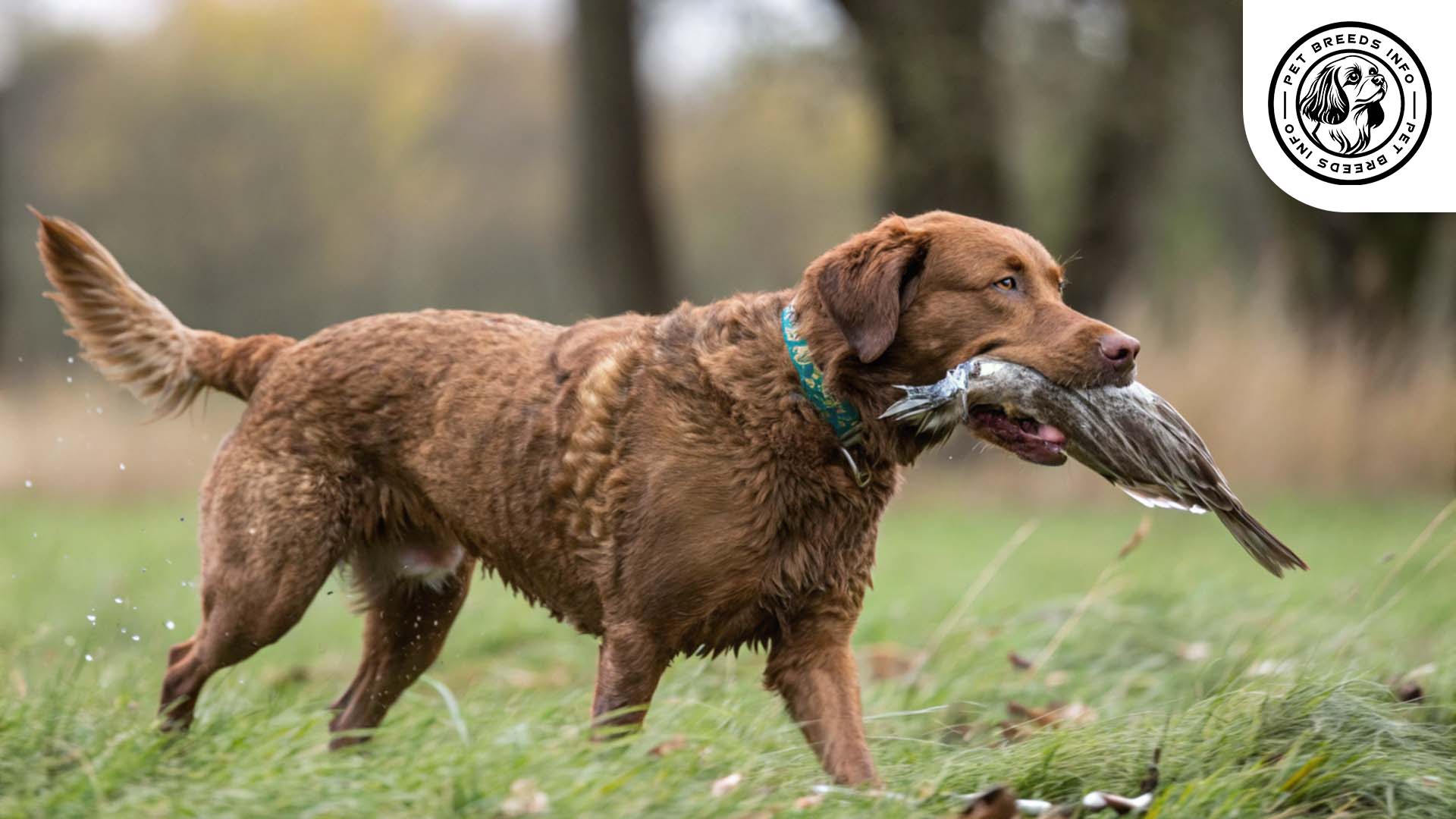
Personality and Temperament
The Chesapeake Bay Retriever is highly intelligent and eager to learn, making training relatively easy with the right approach. They have a high energy level and require regular exercise.
They are deeply loyal and affectionate with their owners but can be reserved around strangers. They generally bond strongly with their family members and thrive on companionship.
They are good with children but require supervision due to their strong-willed nature. They can coexist with other pets but may show dominance, especially with other dogs.
They have strong hunting instincts and love retrieving games. Additionally, they are sensitive to their surroundings and can be protective when necessary.
Read More: Boxer Dog Breed
Care and Maintenance Requirements
Daily exercise is essential for this breed. Activities such as swimming, running, and retrieving games are highly recommended.
While they can adapt to different living environments, they do best in homes with large yards or access to open spaces. They are not the best choice for apartment living.
Their coat requires minimal grooming, but weekly brushing helps control shedding. They shed seasonally, requiring more frequent brushing during peak shedding periods.
They can tolerate cold temperatures well due to their thick coat but may struggle in extreme heat. Providing shade and fresh water is essential in warm climates.
Basic hygiene includes occasional baths, regular nail trimming, ear cleaning to prevent infections, and routine dental care.
Diet and Nutrition
A balanced diet consisting of high-quality dry or wet food is recommended. Some owners prefer a raw or natural diet, but it should be guided by a veterinarian.
This breed has no significant dietary restrictions but benefits from food rich in protein and omega fatty acids.
Foods to avoid include chocolate, grapes, onions, and excessive fatty foods.
Portion sizes vary based on age and activity level, but adults typically require two meals per day with moderate portion sizes.
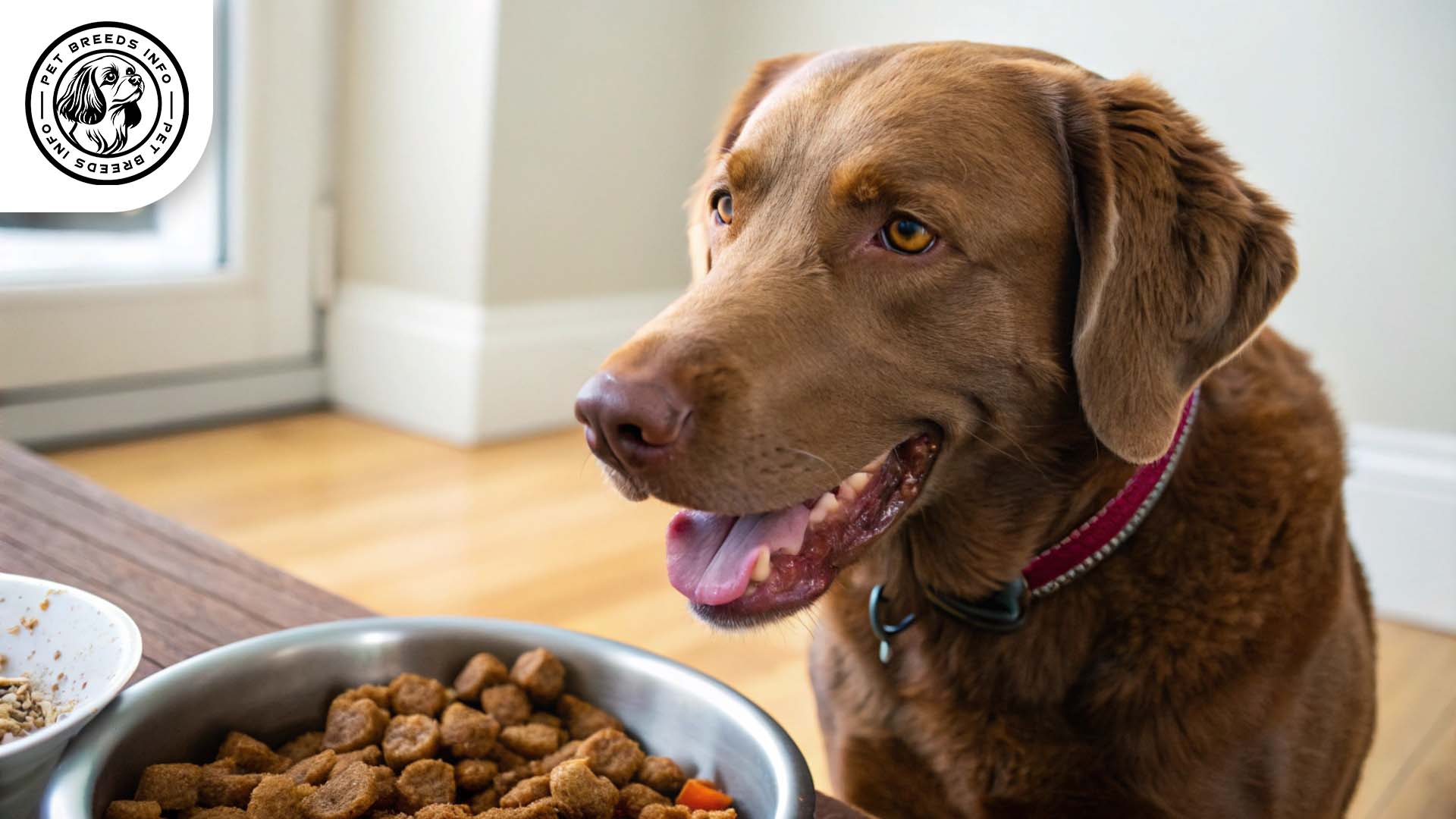
Health and Common Medical Issues
Common health concerns include hip dysplasia, progressive retinal atrophy, and epilepsy. They may also be prone to certain heart conditions.
Regular veterinary checkups are essential for early detection of health issues. Vaccinations and parasite control should be kept up to date.
The average lifespan of a Chesapeake Bay Retriever is around 10 to 13 years.
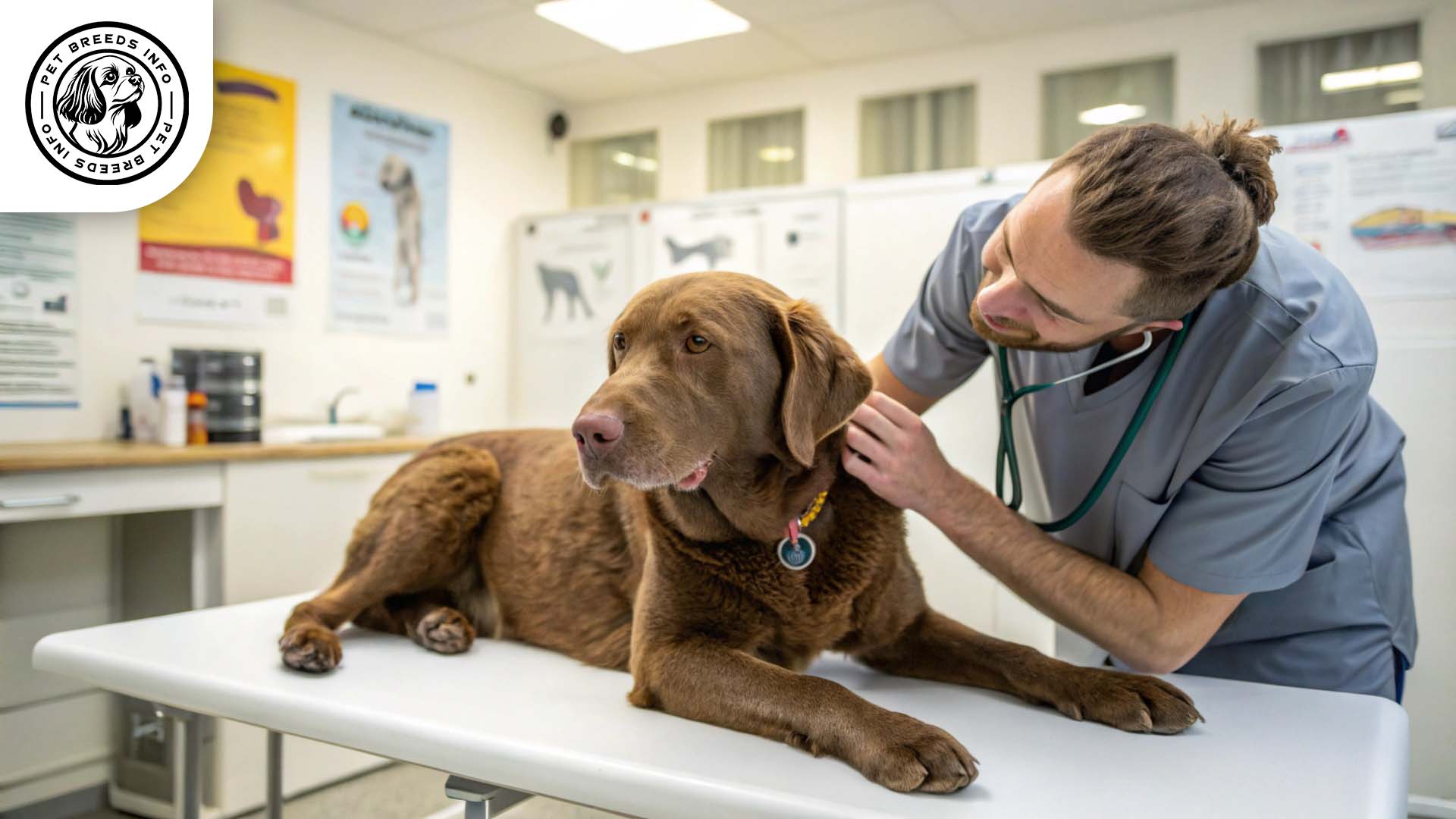
Training and Behavior Management
This breed is intelligent but stubborn, making consistent training necessary. Positive reinforcement and reward-based training work best.
Early socialization with people and other animals is crucial. Exposure to various sounds and environments helps them develop confidence.
They respond well to structured training sessions and firm but fair discipline. Harsh training methods should be avoided as they are sensitive to correction.
Read More: Cairn Terrier Dog
Interaction with Other Animals and Humans
They generally do well with children, but due to their strong build, interactions with young kids should be supervised.
They can coexist with other pets if introduced properly, but they may display dominance, especially toward other dogs.
They are well-suited for active families but may not be ideal for first-time dog owners due to their independent streak.
They develop strong attachments to their owners and enjoy companionship but can handle some independence.

Price and Availability
The cost of a Chesapeake Bay Retriever puppy ranges from $800 to $2,500, depending on the breeder’s reputation and lineage.
Adoption from shelters or rescue groups is a great option and typically costs less than purchasing from a breeder.
When acquiring this breed, it is important to seek reputable breeders who conduct health screenings and provide proper care for the puppies.
Read More: Cardigan Welsh Corgi Dog
Conclusion and Final Thoughts
The Chesapeake Bay Retriever is a loyal, intelligent, and energetic breed, best suited for active individuals or families with experience handling strong-willed dogs.
The ideal home for this breed includes space to roam, opportunities for exercise, and an owner who can provide consistent training.
Before choosing this breed, potential owners should consider their exercise needs, grooming requirements, and strong attachment to family.
FAQ
Is the Chesapeake Bay Retriever good for first-time dog owners?
Not ideal, as they are independent and require experienced handling and training.
How much exercise does a Chesapeake Bay Retriever need?
At least 1-2 hours daily, including swimming, running, and retrieving games.
Do Chesapeake Bay Retrievers shed a lot?
They shed seasonally, requiring more frequent brushing during peak periods.
Are Chesapeake Bay Retrievers good with children?
Yes, they are affectionate, but supervision is needed due to their strong build.
What are common health concerns for Chesapeake Bay Retrievers?
They are prone to hip dysplasia, epilepsy, progressive retinal atrophy, and heart issues.
